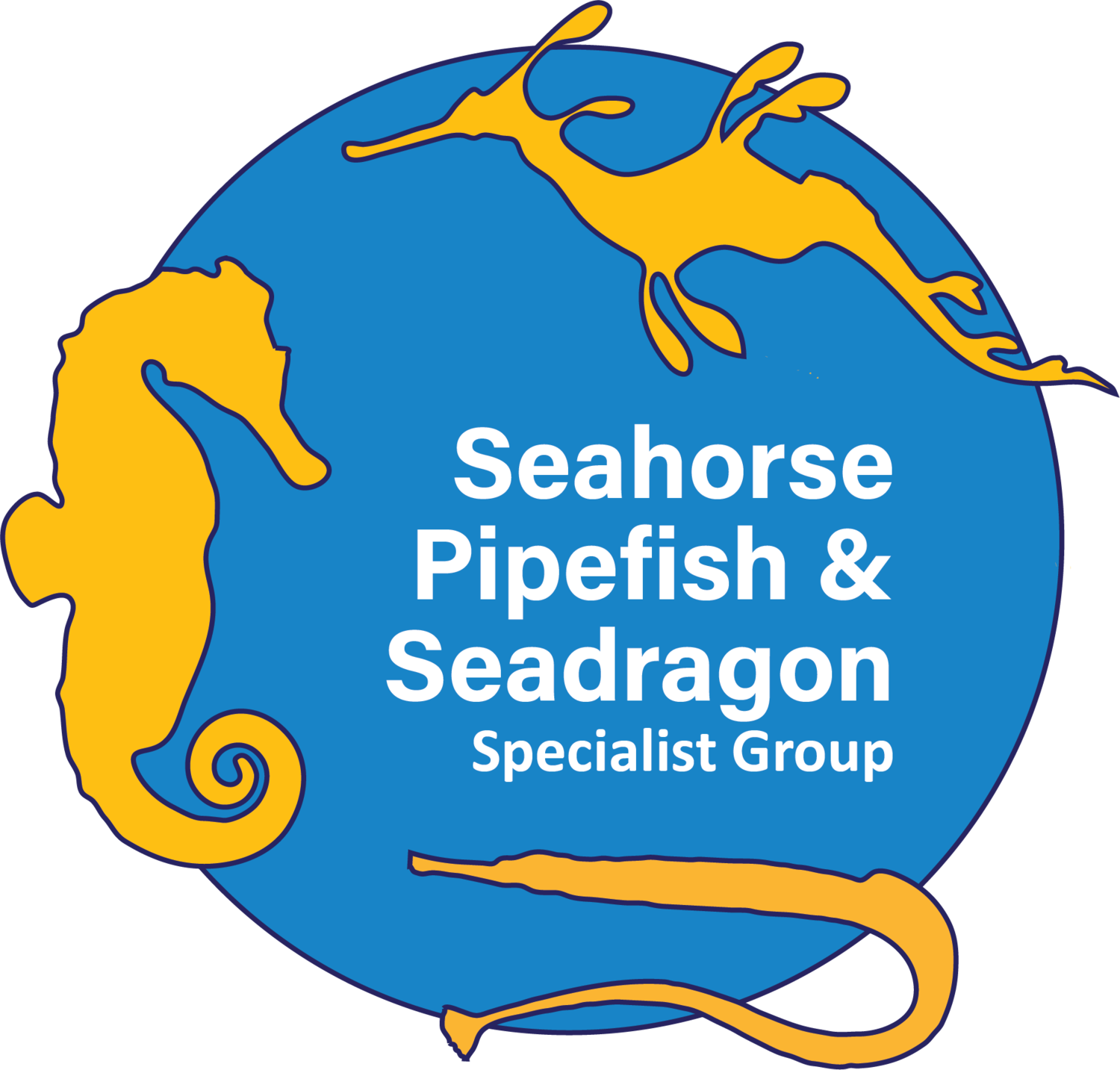Making non-detriment findings for seahorses and management options
Making non-detriment findings (NDFs) for seahorses can seem challenging, especially when Parties feel they have limited knowledge about their seahorse populations. However, you likely already possess enough information to begin. A lot can be accomplished immediately with the information at hand. Then, in the spirit of adaptive management, you can refine your NDFs as you learn more. The more your seahorse populations are exploited or under pressure from human activities, the more attention you will need to devote to improving the NDFs.
NDF tools
We offer two tools to assist you – an easier guidance, and a more comprehensive framework. These tools are intentionally generic to accommodate many Parties, each with different situations, limitations, and opportunities. Your Party will decide which parts are suitable and practical for your national situation.
Both tools guide Authorities to identify the pressures facing the seahorse species under consideration, evaluate the existence and effectiveness of management in mitigating those pressures, consider options for making NDFs, and figure out next steps toward sustainable fisheries and trade.
Easier advice for making seahorse non-detriment findings
Make NDFs by mapping the answers to five questions:
a) Where have the species been found?
b) What pressures do the species face?
c) What measures are in place to manage the pressures?
d) How effectively are the management measures implemented?
e) What is happening to wild populations?
Although focused on seahorses, the approach is generally applicable to the myriad of species listed on CITES Appendix II.Download easier advice guidelines PDF here.
Comprehensive NDF framework
This framework is designed to assist CITES Authorities in making NDFs for seahorses. It consists of a series of sections, each supported by guiding text, a flowchart and a worksheet. The sections guide Authorities to: evaluate the pressures facing the seahorse species under consideration, the risk to seahorses from those pressures, and the ability of existing management to mitigate the risks identified; consider NDF options; and develop a national action plan for seahorses in support of adaptive management.
The NDF framework for seahorses, in PDF format, is available in several languages (English version 4 | French v. 3 | Spanish v.3).
Please feel free to contact us with any suggestions for improvement of either tool – we would value hearing from you.
Monitoring tools
Guidelines and protocols have been developed that allow Parties to deduce seahorse population trends from underwater surveys and/or in fisheries. The most effective approach is to survey seahorse landings at a sample of fishing ports on a frequent basis. Such sentinel programs can be integrated into existing fishery monitoring programs.
IUCN and FAO. 2016. Simple is good: moving toward pragmatic and effective monitoring to support CITES implementation for marine fishes and invertebrates on Appendix II (English | French | Spanish). Information Document for the 17th Meeting of the CITES Conference of the Parties. CoP17 Inf. 65. 7 pp
Management tools
Minimum size limit
Foster, S.J. and A.C.J. Vincent. 2005. Enhancing sustainability of the international trade in seahorses with a single minimum size limit. Conservation Biology 19:1044-1050.
MPAs
Case studies
India: Vaidyanathan, T., Foster, S.J., Ramkumar, B., and A.C.J. Vincent (2024) A practical approach to meeting national obligations for sustainable trade under CITES. Conservation Biology, https://doi.org/10.1111/cobi.14337
Thailand: Aylesworth, L., Foster, S. J. & A.C.J. Vincent. 2020. Realities of offering advice to governments on CITES. Conservation Biology, 34(3):644-653. https://doi.org/10.1111/cobi.13451
Related reports
Implementing CITES for seahorses – Asia region workshop. March 14-17, 2023, Cebu, Philippines.
Bruckner, A. W., Field, J. D. & N. Daves. 2005. Proceedings of the International Workshop on CITES Implementation for Seahorse Conservation and Trade, February 3-5, 2004, Mazatlan, Sinaloa, Mexico.
Banner image of Spotted seahorse (H. kuda) © Bruno van Saen / Guylian Seahorses of the World
[Page updated 20 Sept 2025]

